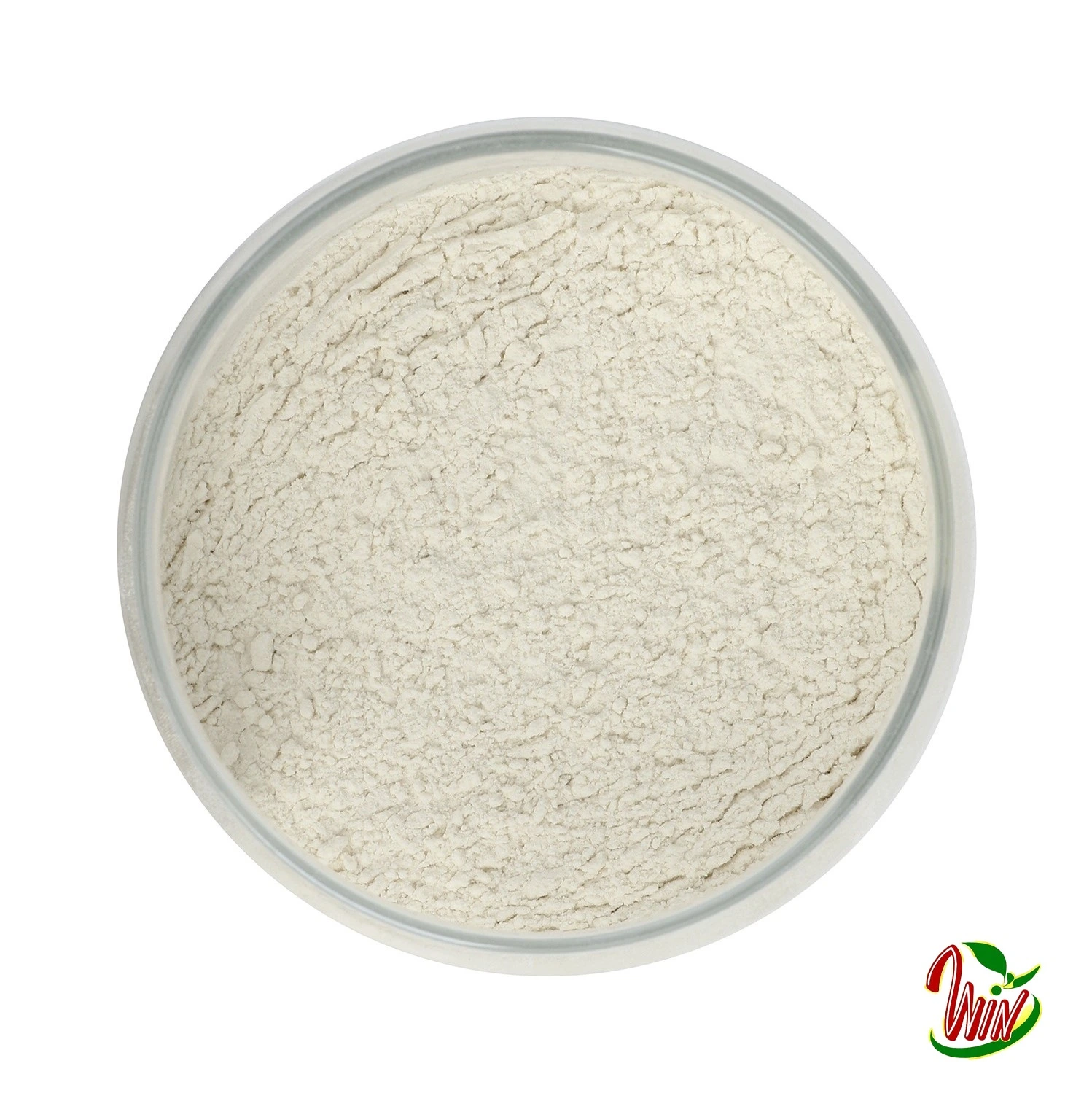Description
The use of guar gum is expanding every day in a myriad of industries because of its unusual natural properties, which include the ability to form hydrogen bonding with water molecules.
This aspect alone makes guar gum suitable for many diverse purposes, increasingly positioning it as one of the more indispensable agrochemicals used throughout the world. Guar gum derives its name from the Sanskrit word meaning food for cows. Originating in the western and north-western sectors of India, guar has been cultivated for thousands of years. The majority of guar is grown for its endosperm, and the resulting free-flowing, off-white powder with an earthy odor is the ground endosperm of beans derived from de-husked and milled guar seeds. Since the 1950s, guar gum has been used to create processed foods, in which it acts as a thickener and prevents the formation of ice crystals, which is essential to the creamy aspects of ice cream. Guar is also an indispensable ingredient in baked goods due to its unique ability to improve texture and crumb structure and contribute to both dough yield and the extension of shelf life. It serves as an excellent binding agent for ingredients used in gluten-free recipes and effectively thickens batter.
Guar stabilizes the preparation of processed cheese; improves the melting capabilities of ice cream; thickens soups, gravies, baked goods, yoghurt and milk and cheese products; improves texture and moisture retention in pasta and the flow properties in sauces and dressings. Guar is also used in the production of pet foods and due to the fact the husk of guar gum splits and the germ of guar seed are rich in protein, guar meal is often fed to livestock such as cattle, sheep, goats, buffalo, deer, elk, giraffes, camels, and poultry as a natural replacement for protein supplements.

Reviews
There are no reviews yet.